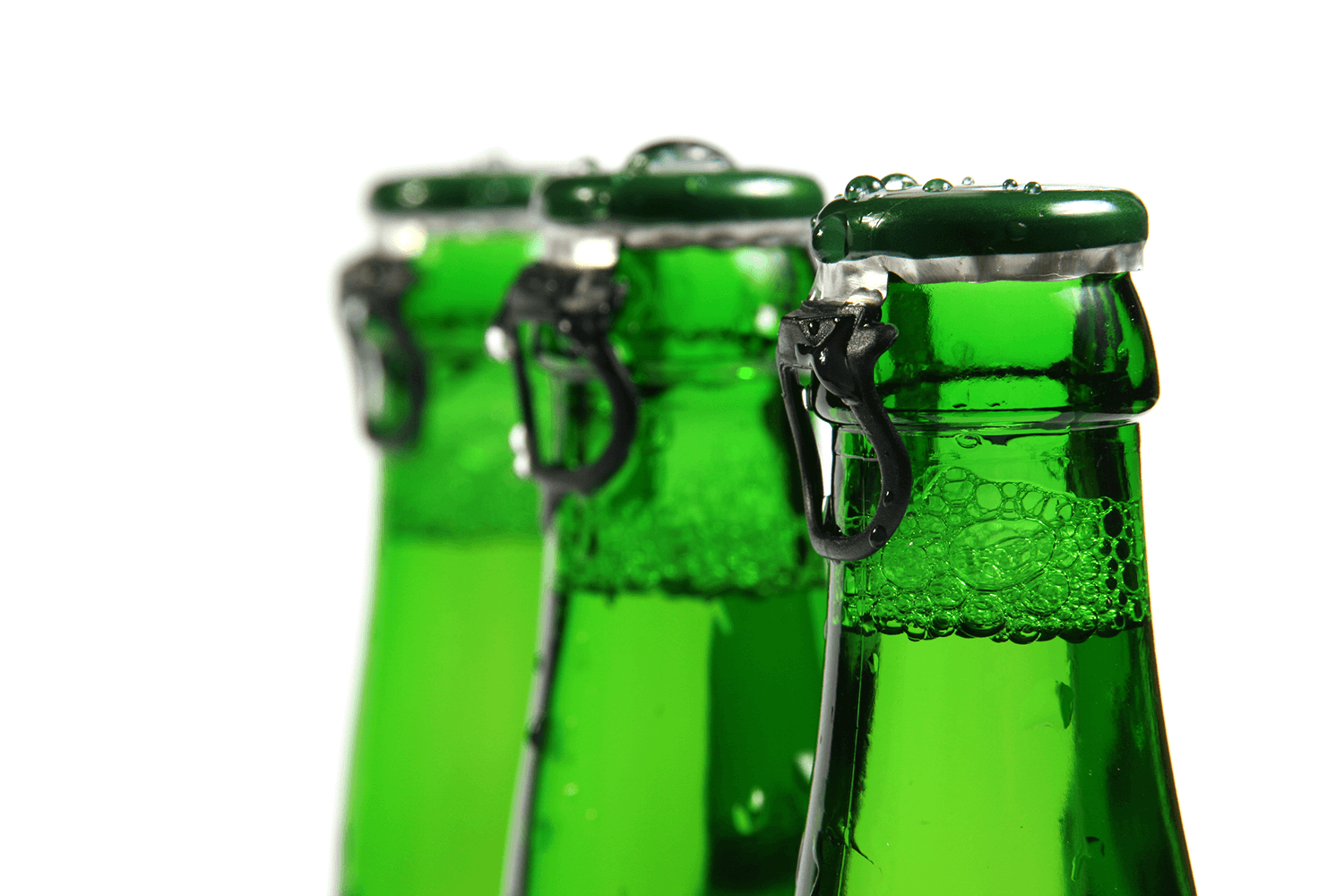Heineken uses in-line sensors to reduce scuffing and increase the number of filling cycles from returnable bottles
Heineken

Challenge
Scuffing and a high number of bottle explosions becomes problematic at Heineken’s Mexico Monterrey plant.
Bottle scuffing is a mechanical degradation of the surface of the glass that manifests as white lines above and below the label. These white lines are unattractive to consumers meaning bottlers are forced to remove affected bottles from circulation.
A 50% increase in the life of a bottle through reducing scuffing on the filling line results in yearly savings in the millions of dollars for most brewers.
Any increase in the amount of time bottles can stay in circulation reduces the number of ‘new’ recyclable bottles that must be introduced to meet the production demand.
Explosions of bottles in the filling line can cause worker injury and present a very serious ongoing safety risk. It can also be a significant cost in downtime and clean-up efforts. Recognizing that a high number of explosions was occurring on the line, Heineken needed to identify areas where too much pressure was being applied to bottles and take action to reduce that pressure.
Solution
PressureQC™ was deployed to identify areas where scuffing was occurring and the source of bottle explosions.
PressureQC was used to pinpoint high-pressure areas in the filling line, as well as areas where significant scuffing was occurring. In these areas, some re-engineering of the line was performed and changes were made to the conveyor belt design and control logic.
States Heineken, “Our initial intention was to increase the life of returnable bottles through the reduction of scuffing by measuring, analyzing and reducing the high-pressure areas in the conveyor belts. As a result, we also achieved a considerable reduction in the number of bottle explosions and a corresponding reduction in the risk of personal injuries.”
The real-time data provided by Masitek in-line sensor solutions allows plant teams to immediately fix serious issues and also do critical preventative maintenance, resulting in much-improved worker safety, achievement of target output and minimized costs and downtime.
Reduction of scuffing levels has increased the life of returnable bottles by up to 50%, providing ongoing annual cost reductions. Reduction of pressure on bottles in the filling line has reduced explosions by 80%.

Further Reading
